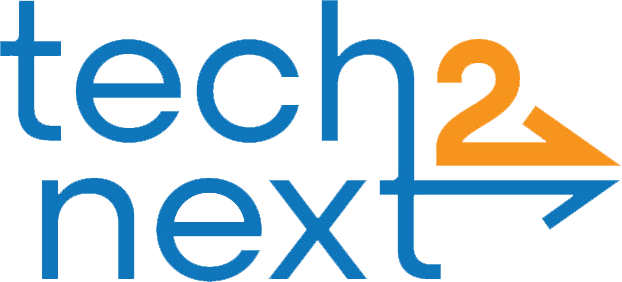Metadata sounds technical—but it’s everywhere and essential. Understanding metadata helps you organize, secure, and find content faster in today’s digital workspace.
What is Metadata?
Metadata is simply data about data. It describes and gives context to content like documents, images, emails, or videos. Think of it as labels that help you understand what something is without opening it.
For example:
- Title: Project Budget Q1
- Author: Jane Doe
- Created Date: March 10, 2025
- Department: Finance
These are all metadata fields that provide context to a file.
Types of Metadata
- Descriptive Metadata – Helps identify and discover content (e.g., title, tags, author).
- Structural Metadata – Shows how different components relate (e.g., chapters in a document).
- Administrative Metadata – Supports content management (e.g., permissions, file type, audit history).
- Custom Metadata – User-defined tags like Project Name, Client ID, or Document Status in SharePoint or OneDrive.
Why Metadata Matters in Microsoft 365
- Better Searchability – Metadata makes it easy to find content via Microsoft Search, SharePoint filters, or Viva Topics.
- Smarter Organization – Move beyond folders—organize documents by properties like status, department, or region.
- Enhanced Governance – Apply retention labels, sensitivity labels, and compliance rules based on metadata.
- Improved Collaboration – Help teams access the right files faster, without duplicating content.
- Automated Workflows – Use Power Automate to trigger actions based on metadata (e.g., approval flows, notifications).
How to Use Metadata Effectively
- Start Simple – Define a few key columns that matter most to your teams.
- Use Content Types – Create templates for recurring document types (e.g., Proposals, Reports).
- Train Users – Teach staff how to tag content consistently and why it matters.
- Leverage Views & Filters – Build document views by status, owner, or category instead of creating multiple folders.
- Integrate Automation – Set up flows based on metadata to streamline business processes.
Final Tips
Metadata transforms how your workplace handles information. Start small, involve your users, and let metadata drive smarter content management.
👉 Coming next: “Metadata vs Folders – Which is Better for Document Management?”



